Filter by
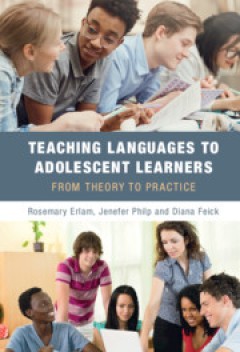
Teaching languages to adolescent learners : from theory to practice
Teaching languages to adolescents can be a challenge. . . but one that is most rewarding! What works? What doesn't work? This book provides a reader friendly overview on teaching modern languages to adolescents (Years 7–13). Each chapter takes an aspect of language teaching and learning, and explains the underlying theory of instructed language acquisition and its application through examples…
- Edition
- -
- ISBN/ISSN
- 9781108869812
- Collation
- ix, 188 p. : ill
- Series Title
- -
- Call Number
- 418.00712 ERL t
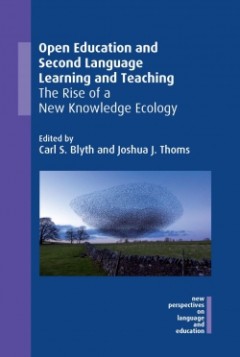
Open education and second language learning and teaching : the rise of a new …
This book is open access under a CC BY ND licence. This book contextualizes open education in foreign language (FL) learning and teaching; fills a gap in the research by exploring aspects of open second language learning and teaching across a range of educational contexts; and illustrates new ways of creating freely shared FL materials.
- Edition
- -
- ISBN/ISSN
- 9781800411005
- Collation
- XI, 271 p.
- Series Title
- -
- Call Number
- 418.0071 OPE o
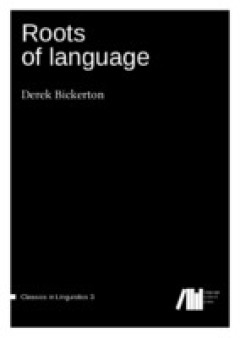
Roots of language
Roots of language was originally published in 1981 by Karoma Press (Ann Arbor). It was the first work to systematically develop a theory first suggested by Coelho in the late nineteenth century: that the creation of creole languages somehow reflected universal properties of language. The book also proposed that the same set of properties would be found to emerge in normal first-language acquisi…
- Edition
- -
- ISBN/ISSN
- 9783946234081
- Collation
- xiii, 284 p.; 22 cm.
- Series Title
- Classics in Linguistics, 2
- Call Number
- 401 BIC r
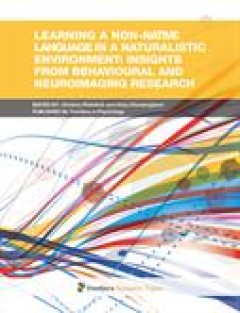
Learning a non-native language in a naturalistic environment: Insights from b…
It is largely accepted in the relevant literature that successful learning of one or more non-native languages is affected by a number of factors that are independent of the target language(s) per se; these factors include the age of acquisition (AoA) of the target language(s), the type and amount of formal instruction the learners have received, as well as the amount of language use that the l…
- Edition
- -
- ISBN/ISSN
- 9782889196395
- Collation
- 150 p.; 22 cm.
- Series Title
- Frontiers Research Topics
- Call Number
- 306.446 PLI l
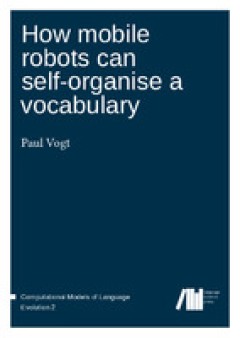
How mobile robots can self-organise a vocabulary
One of the hardest problems in science is the symbol grounding problem, a question that has intrigued philosophers and linguists for more than a century. With the rise of artificial intelligence, the question has become very actual, especially within the field of robotics. The problem is that an agent, be it a robot or a human, perceives the world in analogue signals. Yet humans have the abilit…
- Edition
- -
- ISBN/ISSN
- 9783946234005
- Collation
- XII, 271 p.
- Series Title
- -
- Call Number
- 402.85 VOG h
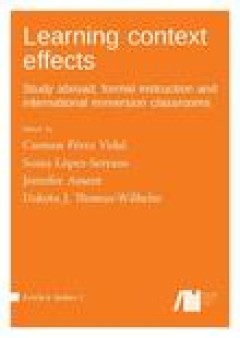
Learning context effects : study abroad, formal instruction and international…
This book deals with the effects of three different learning contexts mainly on adult, but also on adolescent, learners’ language acquisition. The three contexts brought together in the monograph include i) a conventional instructed second language acquisition (ISLA) environment, in which learners receive formal instruction in English as a Foreign Language (EFL); ii) a Study Abroad (SA) conte…
- Edition
- -
- ISBN/ISSN
- 9783961100934
- Collation
- IX< 324 p.
- Series Title
- -
- Call Number
- 401.93 LEA L
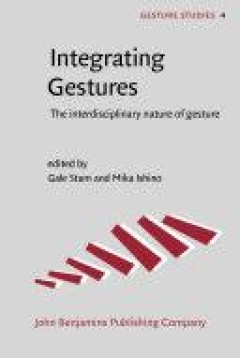
Integrating gestures : the interdisciplinary nature of gesture
Gestures convey information about culture, discourse, thought, intentionality, emotion, intersubjectivity, cognition, and first and second language acquisition. Additionally, they are used by non-human primates to communicate with their peers and with humans. Consequently, the modern field of gesture studies has attracted researchers from a number of different disciplines such as anthropology, …
- Edition
- -
- ISBN/ISSN
- 9789027287205
- Collation
- 372p. : ill.
- Series Title
- -
- Call Number
- 808.5 INT i
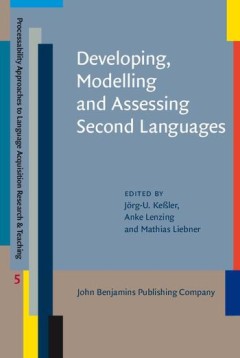
Developing, modelling and assessing second languages
This edited volume brings together the work of a number of researchers working in the framework of Processability Theory (PT), a psycholinguistic theory of second language acquisition (SLA) (Pienemann 1998; 2005). The aim of the volume is two-fold: It engages with current issues in both theory development and theory application and focuses on theoretical developments within the framework of PT …
- Edition
- -
- ISBN/ISSN
- 9789027267191
- Collation
- xviii, 244p. : ill.
- Series Title
- -
- Call Number
- 401.93 DEV d
 Computer Science, Information & General Works
Computer Science, Information & General Works  Philosophy & Psychology
Philosophy & Psychology  Religion
Religion  Social Sciences
Social Sciences  Language
Language  Pure Science
Pure Science  Applied Sciences
Applied Sciences  Art & Recreation
Art & Recreation  Literature
Literature  History & Geography
History & Geography